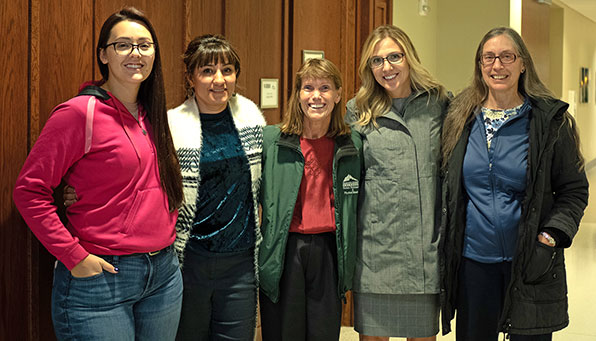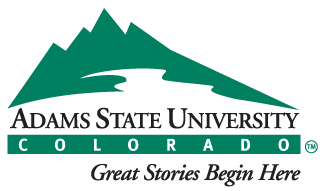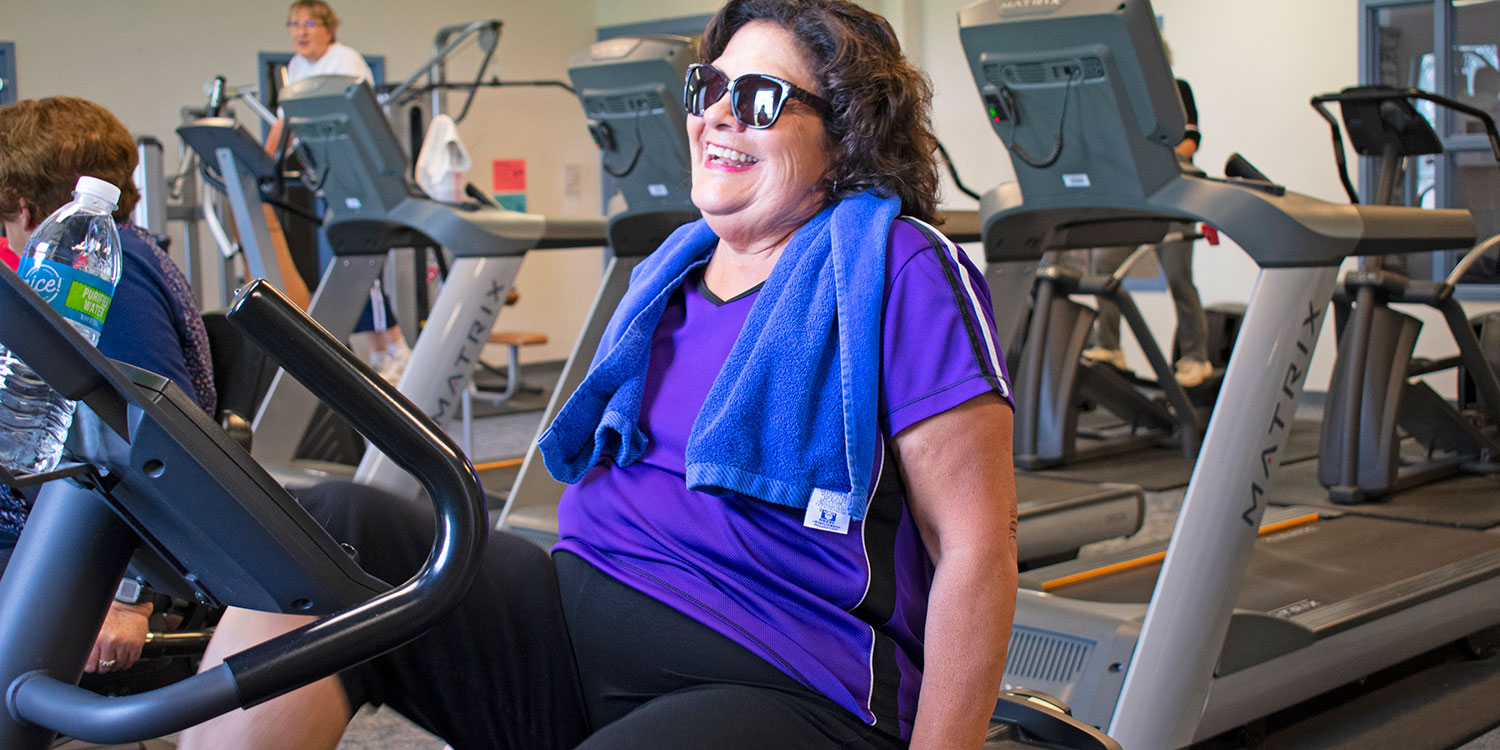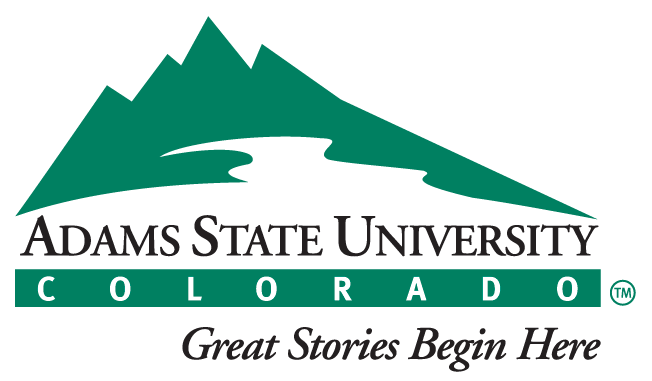Article by Andrew Vigil
The Adams State University Kinesiology Department hosted a free public lecture by Heather J. Leach, Ph.D., ACSM Certified Clinical Exercise Physiologist and Cancer Exercise Trainer, on November 13. The presentation, “Physical Activity for Cancer Survivorship”, included the recent statistical evidence supporting the need for continued research in the field of numerous cancer types, including the role that physical activity and exercise play in improving the quality of life for cancer survivors.
In 2019 alone, it is expected that 1,762,450 new cancer cases will be diagnosed in the U.S. It is also estimated that one in three citizens in the U.S. will be diagnosed with a form of cancer within their lifetime. Side effects consistent with the treatment modalities used in clinical populations include physical deconditioning, fatigue, changes in body composition (increased fat mass and/ or muscle loss) increased risk of depression, stress, and anxiety, as well as cognitive dysfunction.

Current research shows that 42.2 percent of cancer survivors are inactive or insufficiently active with only eight percent of survivors meeting the American College of Sports Medicine (ACSM) recommendations for physical activity. With the current research available that supports the efficacy of physical activity for improving cancer survivors’ overall quality of life as a function of decreasing the severity of the previously mentioned side effects of treatment, it is important for fitness professionals, such as the future graduates of the Adams State Kinesiology Department, to support and encourage all cancer survivors to engage in as much physical activity as possible. These survivors would ideally follow the newly released ACSM recommendations for both aerobic and resistance training exercise that were discussed in Leach’s lecture and are different in regards to intensity, duration, frequency, and length depending upon cancer type as well as what period of treatment each patient is currently in.
Leach also provided the audience with a plethora of advice regarding methods for increasing the rate of physical activity amongst cancer survivors. These techniques include:
1.) Engagement in supervised exercise programs led by certified fitness professionals.
2.) Engaging in group exercise classes in order to increase social support from other cancer survivors.
3.) Making exercise/ physical activity part of the cancer treatment plan, similar to medication.
4.) Educating medical professionals, such as oncologists, in the importance of physical activity as it relates to decreased severity of treatment side effects
5.) Encouraging the referral of patients to exercise professionals for appropriate exercise prescription following the new ACSM guidelines.
Leach’s presentation was open to the public, and many community members, including participants in the Adams State Kinesiology Department Cancer and Exercise study. To learn more about the new ACSM exercise recommendations for cancer survivors and/ or to get involved in the University’s Cancer and Exercise study please contact Tracey Robinson, Ph.D. professor of kinesiology, at tlrobins@adams.edu.



